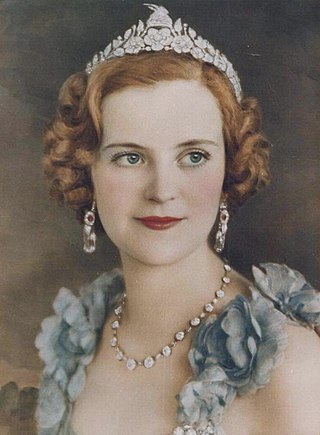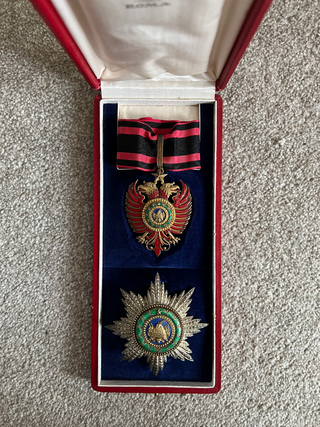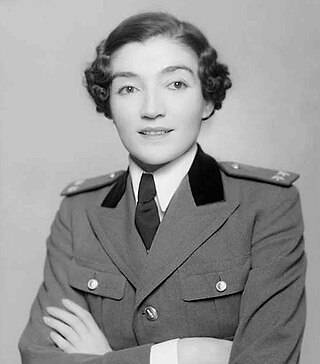The Enchele's polity was the earliest to emerge and centered in Albania. Also the earliest known Illyrian king, Bardylis, emerged in what is now Albania around 400 BC, aiming to make Illyria a regional power interfering with Macedon. He united many southern Illyrian tribes under his realm and defeated the Macedonians and Molossians several times, expanding his dominion over Upper Macedonia and Lynkestis. Before the Rise of Macedon Illyrians were the dominant power in the region. The kingdom of the Taulantii under Glaukias' rule was based in central Albania and dominated southern Illyrian affairs in the late 4th century BC, exerting great influence on the Epirote state through the close ties with the Molossian king Pyrrhus. Under the Ardiaei the greatest known Illyrian kingdom emerged in the 3rd century BC encompassing also northern Albania in its core territory. It became a formidable power both on land and sea by assembling a great army and fleet, and directly ruling over a large area made up of different Illyrian tribes and cities that stretched from the Neretva River in the north to the borders of Epirus in the south, while its influence extended throughout Epirus and down into Acarnania. The dominant power of the Illyrian kingdom in the region ceased after the Illyrian defeat in the Illyro-Roman Wars. The last known "King of the Illyrians" was Gentius, of the Labeatae tribe.

Zog I was the leader of Albania from 1922 to 1939. At age 27, he first served as Albania's youngest ever Prime Minister (1922–1924), then as president (1925–1928), and finally as king (1928–1939).

The House of Zogu, or Zogolli during Ottoman times and until 1922, is an Albanian dynastic family whose roots date back to the early 20th century. The family provided the first president and the short-lived modern Albanian Kingdom with its only monarch, Zog I of Albania (1928–1939).

Geraldine of Albania was Queen of the Albanians from her marriage to King Zog I on 27 April 1938 until King Zog was deposed on 7 April of the following year.

Leka, Crown Prince of Albania was the only son of King Zog I and Queen Geraldine of Albania. He was called Crown Prince Skander at birth. After his father's death in 1961, Leka was the pretender to the Albanian throne, and his supporters referred to him as King Leka I.
Susan, Crown Princess of Albania was the Australian-born wife of Leka, Crown Prince of Albania.

Leka, Prince of Albania is the current head of the House of Zogu, the former royal family of Albania.
The present Constitution of the Republic of Albania was adopted by the Parliament of Albania on 21 October 1998 and certified by presidential decree on 28 November 1998, following a public referendum which approved the new Constitution. It is split up over many different acts. The document succeeded the 1976 Constitution, originally adopted at the creation of the People's Socialist Republic of Albania on 28 December 1976 and heavily amended on 29 April 1991.

The Albanian Kingdom was the official name of Albania between 1928 and 1939. Albania was declared a monarchy by the Constituent Assembly, and President Ahmet Bej Zogu was declared King Zog I. The kingdom was supported by the fascist regime in Italy, and the two countries maintained close relations until Italy's sudden invasion of the country in 1939. Zog fled into exile and never saw his country again. The Communist Party of Labor of Albania gained control of the country toward the end of World War II, established a communist government, and formally deposed Zog.

The Order of Skanderbeg was originally instituted in 1925 as an order of merit of the Albanian Republic. It was replaced by the Communist government in 1945 with a new award of the same name. Skanderbeg is the national hero of the Albanian people.

The Presidential Palace, formerly the Royal Palace and popularly known as the Palace of Brigades, is the official residence of the president of Albania. The palace was commissioned by King Zog I of the Albanians to serve as his main official residence.
The Bulgarian occupation of Albania was an occupation of the eastern parts of Albania by the Kingdom of Bulgaria's army during World War I. It lasted from December 10, 1915, when the Bulgarian army after had occupied then Eastern Serbia, crossed the Drin river and entered Albania, until September 9, 1917, when French troops captured Pogradec from the Bulgarian army.

The Legality Movement were an Albanian royalist and pro-monarchy faction founded in 1941. It was led by Abaz Kupi.
The Fundamental Statute of the Albanian Kingdom was the constitution of the Albanian Kingdom of 1928–39. It was introduced by King Zog I of Albania.
Skënder Zogu is an Albanian author and member of the House of Zogu. He is the son of Prince Xhelal Zogu, half-brother of King Zog.
Princess Ruhije Zogu (1906–1948), was an Albanian princess.

Princess Myzejen Zogu of Albania, was an Albanian princess. Initially excluded from public life and seen little in public, the Princess later represented her brother the King at many royal activities. At the beginning of World War II, the Princess left Albania. In 1940, Myzejen followed his brother the deposed king into exile in Great Britain. Subsequently, together with her sisters, the Princess went to live in France, although she never stopped worrying and committing herself for her native land, Albania.
Princess Maxhide Zogu (1907–1969), was an Albanian princess.
Princess Nafije Zogu (1896–1955) was an Albanian princess.
The Regalia of Albania is a royal regalia that existed during the Albanian monarchy. The regalia worn by Albanian nobles, spanning various aristocratic families, included royal symbols, artifacts, and ceremonial aspects. These regal emblems were emblematic of the monarchy's power and heritage, representing a broader spectrum of Albanian noble history. The historical and cultural value attached to these symbols transcends individual families, signifying the collective richness of Albania's noble traditions throughout different periods.
























